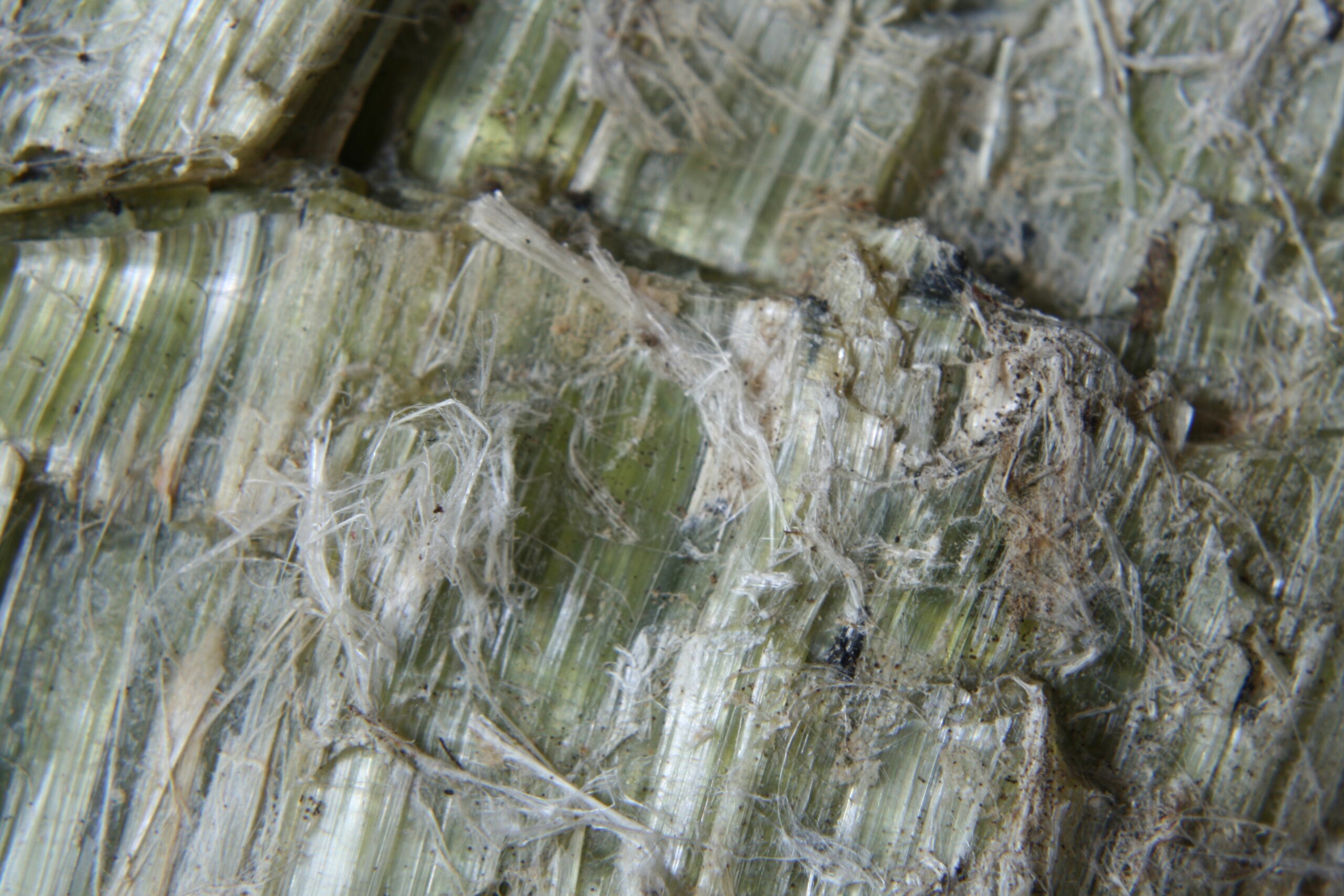
Asbestos is a term that often evokes concern and caution, but what exactly is it? Commonly known for its heat-resistant properties, asbestos is a group of naturally occurring minerals once widely used in construction and manufacturing.
Despite its beneficial qualities, asbestos poses significant health risks when its fibers become airborne and are inhaled! Here, we will explore the origins of asbestos, its historical applications, and the reasons why it has become a hazardous material in modern times.
All About Asbestos
Asbestos has been used for thousands of years, dating back to ancient civilizations like the Egyptians, Greeks, and Romans, who valued its fire-resistant properties. Its widespread industrial use began in the late 19th century, particularly in construction and manufacturing, due to its durability and heat resistance.
Up until the late 1980s, asbestos was commonly used in a variety of products, including insulation materials, roofing shingles, floor tiles, and automotive brake pads. Its heat-resistant and insulating properties made it a popular choice in building construction and manufacturing, despite the growing awareness of its health risks.
The health risks associated with exposure to asbestos fibers include:
- Asbestosis: A chronic lung disease causing scarring of lung tissue, leading to breathing difficulties.
- Mesothelioma: A rare and aggressive cancer affecting the lining of the lungs (pleura), abdomen (peritoneum), or heart (pericardium).
- Lung Cancer: Increased risk, particularly among individuals who smoke.
- Pleural Disorders: Including pleural plaques (localized thickening of the pleura), pleural thickening, and pleural effusions (fluid buildup around the lungs).
- Ovarian Cancer: Increased risk among women with long-term asbestos exposure.
- Laryngeal Cancer: Higher incidence of cancer in the larynx (voice box).
- Respiratory Issues: Chronic coughing, wheezing, and shortness of breath.
- Immune System Effects: Potential impact on immune system function, leading to increased vulnerability to infections.
- Diffuse Pleural Thickening: Extensive scarring and thickening of the pleura, restricting lung expansion and function.
Traces of asbestos are still commonly found in older homes and buildings, particularly in materials like insulation, roofing, and floor tiles. Despite being banned or restricted in many countries, asbestos-containing materials can remain hazardous, as there is no safe level of asbestos exposure. Even minimal exposure can pose significant health risks, making proper identification and removal crucial!
Rely on LAQ for Treating Asbestos
Our team is here to help with asbestos by providing expert inspection and testing services to identify and assess any asbestos presence in your property – protecting you and your loved ones from the serious health risks associated with asbestos exposure!
If you’re ready to take the next step in ensuring the safety of your home or building from the presence of asbestos or have any questions, contact the Luce Air Quality team today or call 904-803-1014!


